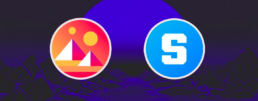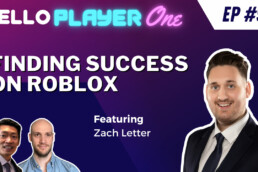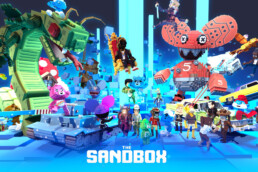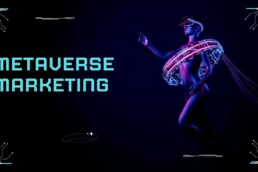Decentraland and The Sandbox are two of the most popular Metaverses in existence today and there’s many similarities between them. Both allow users to create games, apps and content for use in the world.
Users can connect to introduce new content to each other and even advertise products or services they offer in high traffic areas. Both platforms also offer the ability to stake their tokens on the Ethereum or Polygon blockchains. However there’s also many differences between the two, both in game and in how they’re governed.
Decentraland
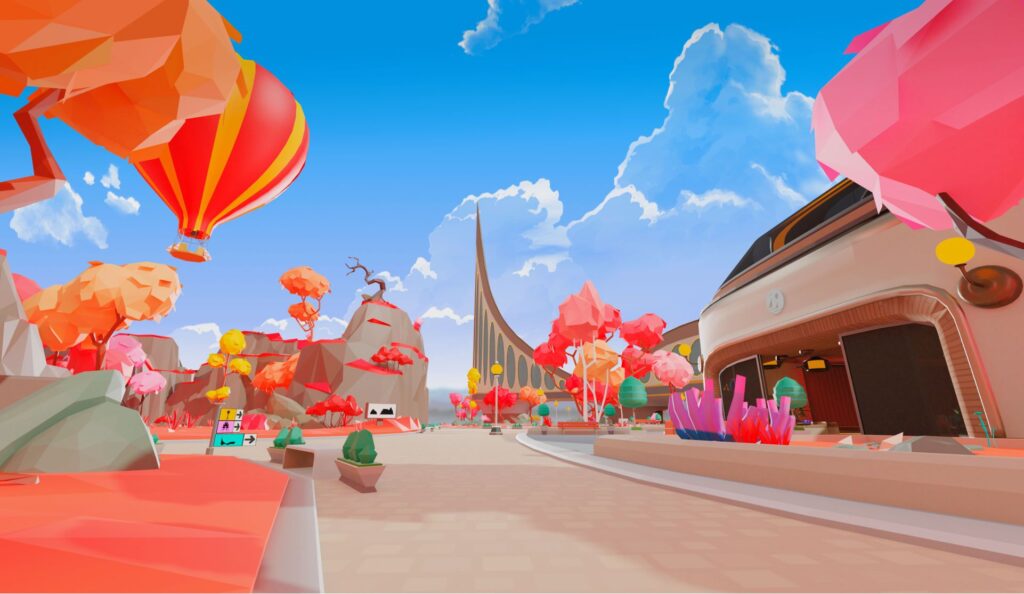
Decentraland has been in development since 2015 but was released in 2017. In 2021 and 2022 major companies began to buy LAND including Samsung, Adidas and PwC. At the end of 2021 Deadmau5 and Grimes both held concerts on the platform. Users in the Decentraland world can purchase pieces of land using the MANA cryptocurrency and also use it to vote on proposed changes to the platform.
There’s a few tokens to be familiar with when learning about Decentraland :
MANA – Facilitates the purchase of LAND and goods/services used in the DCL virtual world. It has a current total supply of 2,193,785,227 and can be bought on several centralized and decentralized exchanges including Coinbase and Binance.
LAND – The name for 3D digital space that can be purchased within DCL. It’s stored as a NFT on the Ethereum blockchain which records the owner, its x, y coordinates, and a reference to a file containing its content description. Users who own LAND can hold it for an indefinite period of time and control its appearance.
Users, however cannot own common spaces such as plazas or roads which are owned by the DAO. The most famous plaza in the game is the Genesis Plaza which is where users start when they arrive in the world. Companies can also sponsor plazas for advertising as is the case with the Mastercard Pride Plaza.
LAND is made up of individual parcels that are 16 meters x 16 meters in size, with the total number right now at around 97k. There are also estates (many parcels), districts (parcels with similar themes) and plazas (untradable parcels owned by the community).
NAMES – Unique and tradable NFTs allowing users to trade tokens between memorable addresses such as “alice.dcl.eth”
The Sandbox
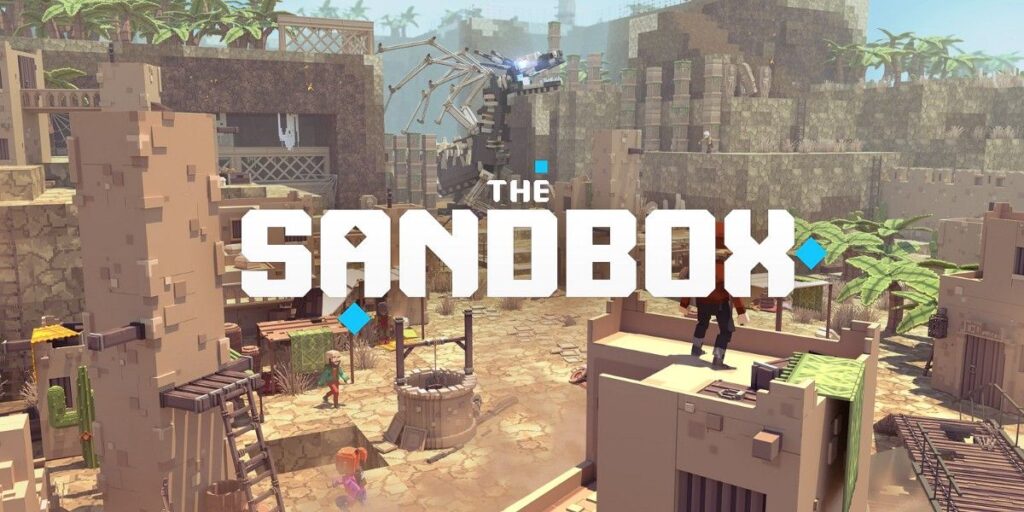 The Sandbox Metaverse is also built on the Ethereum blockchain but is much older than DCL. It began as a 2D open world game in 2012 on iOS with an Android version released the following year.
The Sandbox Metaverse is also built on the Ethereum blockchain but is much older than DCL. It began as a 2D open world game in 2012 on iOS with an Android version released the following year.
In 2018 the original creators sold the company to Animoca Brands, a leader in the field of blockchain based digital entertainment, for $4.875 million. The game then shifted towards a 3D blockchain based game where much like Minecraft where players could combine resources to make new ones for use within the game.
As new technologies such as NFTs were developed, they started creating a new version of the game. The 3rd iteration of The Sandbox IP launched on November 29th 2021. As of March 2022 it has 2 million users. Like Decentraland, it has a few tokens that help the platform’s economy to function efficiently.
SAND – The main token used in the ecosystem. It’s an ERC-20 utility token and is the basis for all transactions and interactions on the platform; there’s a finite supply of 3 billion.
LANDS – Like LAND in Decentraland, The Sandbox world is made up of LANDS which are owned by players to create and monetize experiences. The maximum number of LANDS is 166,464. This number is hardcoded to their contract.
They can be grouped into estates which are owned by one person or districts which are owned by more than one.
ASSETS – ASSETS refer to voxel game assets. They’re entities created to provide experiences built on LANDS and can be traded and collected by users. ASSETS are converted into NFTs when they’re listed on The Sandbox marketplace.
Other Differences
Besides the tokens needed to transact in the world there are other differences between the two ecosystems.
Governance – One of the principal differences is that Decentraland runs as a decentralized autonomous organization (DAO). Instead of being controlled by a board or CEO, the world is controlled by holders of MANA and LAND. Holding these tokens allows users to vote on prohibited names, points of interest that are promoted to new users and rules within the virtual world. The Sandbox currently has a central entity governing the ecosystem but hopes to have its own DAO by the end of 2023.
Gameplay – Decentraland aims to replicate the real world and allow users to play, socialize and even work in a virtual environment. The Sandbox is more focused on the development of user generated content and giving people the option to sell anything they create. It’s possible that one day virtual architects will work in The Sandbox designing the newest generation of virtual skyscrapers for other people to live and work in. The Sandbox also offers users more ability to control/customize the environment of the virtual world than Decentraland.
Partnerships – The Sandbox has partnered with over 165 brands including Adidas, Binance and Snoop Dog and have received $93 million from Softbank. Decentraland meanwhile is backed by more than 20 investors including CoinFund, Kinetic Capital and FBG Capital and has partnered with Samsung which has opened a virtual version of its stores.
Marketplace Fees – Decentraland has a 2.5% MANA cost on all transactions while The Sandbox has a 5% SAND fee.
World Accessibility – Decentraland allows players to walk from one LAND to another whereas The Sandbox is more akin to Minecraft; players go into private servers but cannot walk from their land to another even if they’re connected. This arguably makes the location of a LAND in Decentraland more important than in The Sandbox as players can access other LAND from their own.
Conclusion
As time goes on it’s likely that the roadmaps of the competing ecosystems will diverge more and other differences will begin to appear. The value of their respective tokens is also constantly changing and should one ecosystem beat the other, then this could become the biggest difference.
Get more insights like this on the business and marketing of the metaverse delivered to your inbox. We’ll never spam you, ever.
Harry Harrison
After spending 3 years traveling around Australia and Asia I began writing about finance whilst stuck at home at the beginning of 2020 thanks to Covid. I've always had a strong interest in business and technology and he thoroughly enjoys learning more about anything connected to the Metaverse, NFTs or crypto. In my spare time he enjoys playing soccer, pool or chess and reading about history, science and technology.
Related Posts
June 14, 2023
How To Successfully Launch Games on Roblox, with Zach Letter of Wonder Works
How can developers successfully launch games on Roblox? In my recent…
May 20, 2023
Branding Success: Guaranteed Engagement in The Sandbox
The Sandbox Metaverse is a really interesting opportunity for branded…
March 7, 2023
Metaverse Marketing – The Emerging Practice
As the digital world continues to evolve, businesses need to stay ahead of the…
